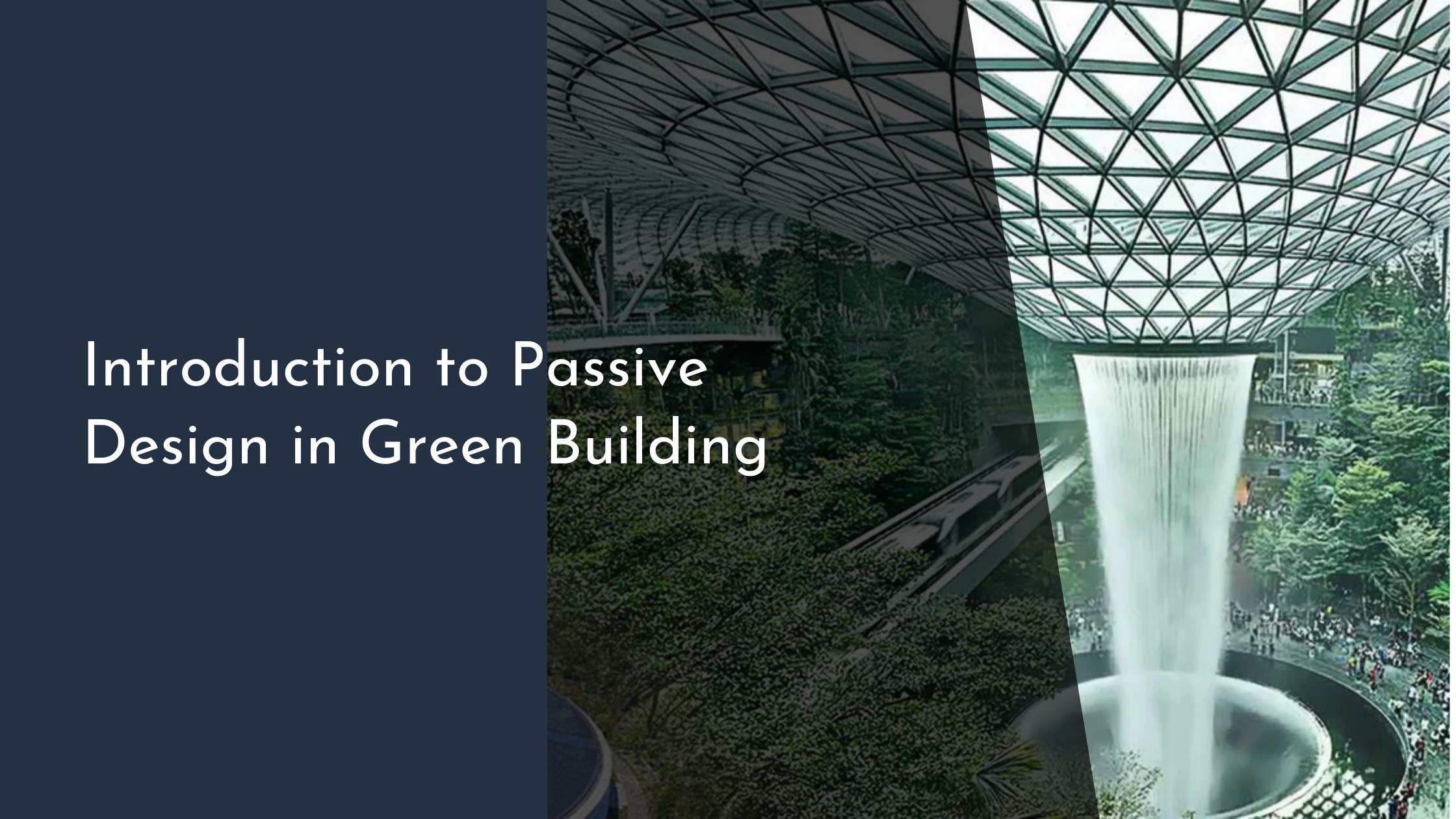Introduction to Passive Design in Green Building
In the realm of sustainable architecture, passive design stands as a cornerstone for creating environmentally friendly and energy-efficient structures. As the world seeks solutions to combat climate change and reduce energy consumption, passive design principles offer a pathway to creating buildings that harmonize with their environment. This article delves into the essentials of passive design in green buildings, exploring its core principles, components, benefits, and strategies for achieving maximum efficiency and comfort.
Understanding Passive Design Principles
Passive design revolves around the concept of harnessing natural energy sources and environmental conditions to maintain comfortable indoor climates without relying heavily on mechanical systems. At its core, passive design leverages the building’s orientation, insulation, thermal mass, and ventilation to optimize energy use. By considering these elements from the initial stages of planning, architects can significantly reduce energy consumption and enhance the building’s sustainability. This approach not only minimizes the need for artificial heating and cooling but also reduces a building’s overall carbon footprint.
Incorporating passive design requires a holistic understanding of the surrounding environment, including local climate, solar angles, and prevailing winds. By strategically positioning windows and overhangs, designers can maximize natural light while minimizing heat gain. Additionally, selecting appropriate materials for insulation and thermal mass can further improve a building’s energy efficiency. These principles are grounded in a deep respect for nature’s inherent processes, emphasizing the need to work in harmony with, rather than against, the environment.
Key Components of Passive Design
One of the fundamental components of passive design is building orientation. By aligning the structure with the sun’s path, architects can optimize solar gain in the winter and minimize overheating in the summer. This strategic placement allows buildings to benefit from the natural warmth of the sun, reducing the need for supplementary heating. Similarly, shading devices like awnings or deciduous trees can be used to block excessive sunlight during hotter months, maintaining a comfortable indoor climate without relying on air conditioning.
Another vital aspect of passive design is the use of thermal mass. Materials such as concrete, brick, and stone are capable of absorbing and storing heat during the day, releasing it slowly as temperatures drop. This natural regulation of indoor temperatures reduces the need for mechanical heating and cooling, leading to substantial energy savings. Additionally, adequate insulation and airtight construction are crucial in preventing unwanted heat transfer, ensuring that the building remains energy efficient throughout the year.
Benefits of Passive Design in Green Building
Passive design offers a multitude of benefits, both for the environment and building occupants. One of the most significant advantages is its potential for energy savings. By reducing reliance on mechanical heating and cooling, buildings can achieve substantial reductions in energy consumption, leading to lower utility bills and a reduced carbon footprint. This energy efficiency not only contributes to environmental sustainability but also provides long-term economic benefits to building owners and occupants.
Beyond energy savings, passive design enhances indoor comfort by maintaining a stable indoor climate with minimal temperature fluctuations. The use of natural light and ventilation improves air quality and creates a healthier living environment. Furthermore, passive design elements often have low maintenance requirements, as they rely on natural processes rather than complex mechanical systems. This simplicity in design and operation contributes to the overall sustainability and longevity of the building.
Designing for Efficiency and Comfort
To achieve optimal efficiency and comfort, passive design requires careful consideration during the design phase. Architects and designers must collaborate closely with engineers and environmental experts to analyze site-specific conditions and determine the most effective strategies for each project. By integrating passive elements such as window placement, insulation, and shading devices early in the planning process, buildings can be designed to maximize natural resources and minimize energy use.
In addition to technical considerations, passive design encourages a human-centric approach that prioritizes occupant well-being. By incorporating natural light and ventilation, buildings can enhance the quality of life for those within by creating brighter, more inviting spaces. The focus on comfort extends beyond temperature regulation, encompassing factors such as acoustics, aesthetics, and connection to the outdoors. By aligning design decisions with the principles of passive design, buildings can offer a more harmonious and enjoyable living experience.
Embracing passive design principles represents a significant step toward a greener, more sustainable future. By prioritizing natural processes and energy efficiency, architects and developers can create buildings that are not only environmentally responsible but also economically viable and comfortable for occupants. As the demand for sustainable solutions continues to grow, passive design provides a blueprint for how we can create structures that work in harmony with nature, reducing our impact on the planet while enhancing quality of life. By embracing these principles, we move closer to a world where buildings are truly sustainable, offering a brighter, more sustainable future for generations to come.

